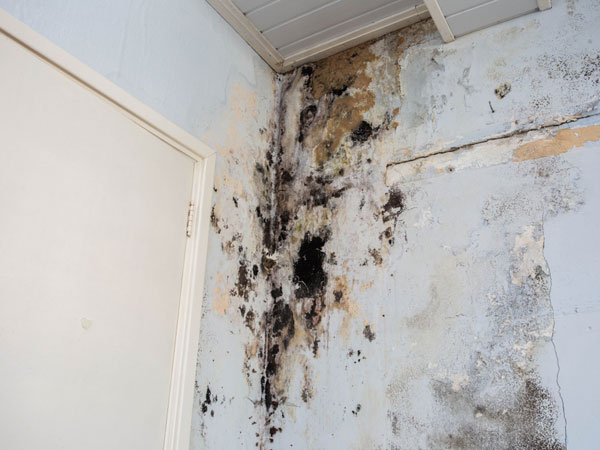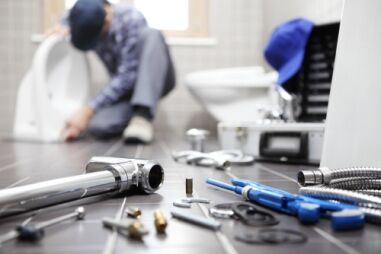Effective Approaches for Managing Plumbing Issues in Rentals
Effective Approaches for Managing Plumbing Issues in Rentals
Blog Article
What are your opinions concerning Plumbing Maintenance and Repair in your Rental Property?

Taking care of pipes problems in rental residential or commercial properties successfully is essential for keeping tenant contentment and preserving the building's value. Whether you're a proprietor or a home supervisor, knowing how to attend to these common problems can save you money and time while ensuring compliance with legal obligations. Below's a step-by-step guide on exactly how to manage pipes concerns in rental residential or commercial properties.
Paper Every little thing
Maintain thorough records of all reported plumbing problems and the actions required to solve them. Documents should include dates, descriptions of the issue, interaction with lessees, and receipts from professionals or plumbing professionals. This details can be crucial for insurance claims, tax reductions, and legal defense.
Use Qualified Professionals
Always utilize accredited and insured specialists for substantial pipes fixings and installments. This makes certain that the job depends on code and can aid avoid liability concerns in case of accidents or further damage. It also assures tenants that repair work are being dealt with professionally.
Establish Clear Communication
Motivate occupants to report any plumbing concerns as quickly as they happen. Offer multiple communication channels such as phone, email, or a lessee site to make it simple for them to reach out. Motivate feedbacks to these records can protect against minor issues from escalating right into significant troubles.
Enlighten Lessees
Educate your tenants about what makes up a pipes emergency and what does not. Give guidelines on how to take care of minor concerns themselves, such as making use of a plunger to unclog a commode. Also, notify them about what they ought to stay clear of putting down drains to prevent obstructions, such as oil, coffee premises, and non-biodegradable items.
Normal Maintenance
Execute a routine upkeep timetable for all plumbing systems in your service homes. Routine checks can help identify and resolve concerns like leakages, slow drains pipes, or corroded pipelines before they come to be major. Consider employing a professional plumbing professional to check the homes annually or semi-annually.
Quick Action to Emergencies
Have a plan in position for responding to pipes emergencies. This ought to consist of having the call information of trusted pipes solutions that use 24/7 emergency situation fixings. Quick activity is important to minimize damage in scenarios like ruptured pipes or serious leakages.
Preventive Upgrades
Consider upgrading older pipes systems and fixtures to more contemporary, efficient versions. This can decrease the frequency and severity of pipes issues and lower long-term maintenance expenses. It's additionally a marketing factor for possible lessees who value upgrades and modern features.
Renter Move-Out Inspections
Conduct detailed pipes checks throughout move-out inspections to make sure that any problems are determined and attended to before a new tenant relocate. This prevents disagreements with brand-new lessees over pre-existing conditions and makes certain the residential property is in leading problem.
Understand Legal Responsibilities
Be aware of your lawful duties regarding plumbing and general home upkeep. Most jurisdictions need property managers to ensure their properties are habitable and that all plumbing systems are in good working order. Failing to resolve severe concerns immediately can cause legal actions from occupants.
Lessee Reimbursements
If a plumbing concern requires immediate focus and the occupant settles the issue by themselves, have a clear plan in position for repaying costs. Make sure renters know they should obtain previous approval for higher-cost repair services unless it's an absolute emergency.
Verdict
Dealing with pipes problems in rental buildings calls for an aggressive strategy and good interaction with lessees. By staying on top of upkeep, reacting quickly to emergencies, and making use of professional professionals, landlords can maintain their buildings in outstanding problem and preserve good partnerships with tenants.
How to Handle Water Damage in a Rental Property
What is Water Damage?
Water damage is harm or destruction caused by water entering areas where it is not supposed to be. It can be caused by a variety of sources and can manifest in different ways. The most common examples of water damage include:
Leaking roof Plumbing leaks Appliance malfunctions Poor drainage Flooding Sewage backup Condensation Tenant negligence HVAC system issues Frozen pipes Is water damage dangerous?
Water damage itself is not inherently dangerous, but it can lead to various hazards and health risks if not promptly and properly addressed. The severity of these risks depends on the extent of the water damage, the source of the water, and how quickly it is mitigated.
Some potential dangers associated with water damage include structural damage, mold and bacterial growth, electrical hazards, water contamination, and pest infestations. In situations where mold and mildew have gone unaddressed, mold can start to develop within 24-48 hours of water exposure, and this can impose a serious health risk to tenants. In particular, mold spores and damp conditions can lead to respiratory issues and even make existing health problems worse, such as allergies, asthma, or immune disorders.
Water Damage in an Apartment - Who is Responsible?
If the water damage is caused by the tenant’s negligence, the tenant is responsible for the cost of repairs. If the water damage is caused by a defect in the property, the landlord is responsible for the cost of repairs. If the water damage is a result of natural causes, such as excessive rain, then the landlord is responsible, since the water intrusion likely occurred due to a defect in the property. Landlord Responsibility water damage in rental property
Since maintaining habitability is the landlord’s legal responsibility, landlords are responsible for any resulting structural damage caused by water damage. These structural damages may include damage to walls, roofs, ceilings, and flooring. If water damage has affected the rental property’s original structure, the landlord is responsible for repairing or replacing those materials. Therefore, landlords should have property insurance that covers the structural components of their rental property so that they can receive help with the costs of covered events.
Preventative measures can also help landlords avoid massive renovations. Preventative maintenance may include conducting regular inspections to identify and address potential water damage before it becomes a major and urgent problem.
If a landlord fails to meet their responsibilities regarding water damage, it can lead to legal disputes and potential liability. Tenants who believe their landlord is not addressing water damage issues in accordance with California law can seek legal advice or contact local housing authorities for assistance.
https://www.goodlifemgmt.com/blog/water-damage-in-a-rental-property/

We had been guided to that article on through an acquaintance on our other blog. For those who liked our blog posting if you please make sure you remember to share it. We enjoy your readership.
Report this page